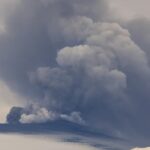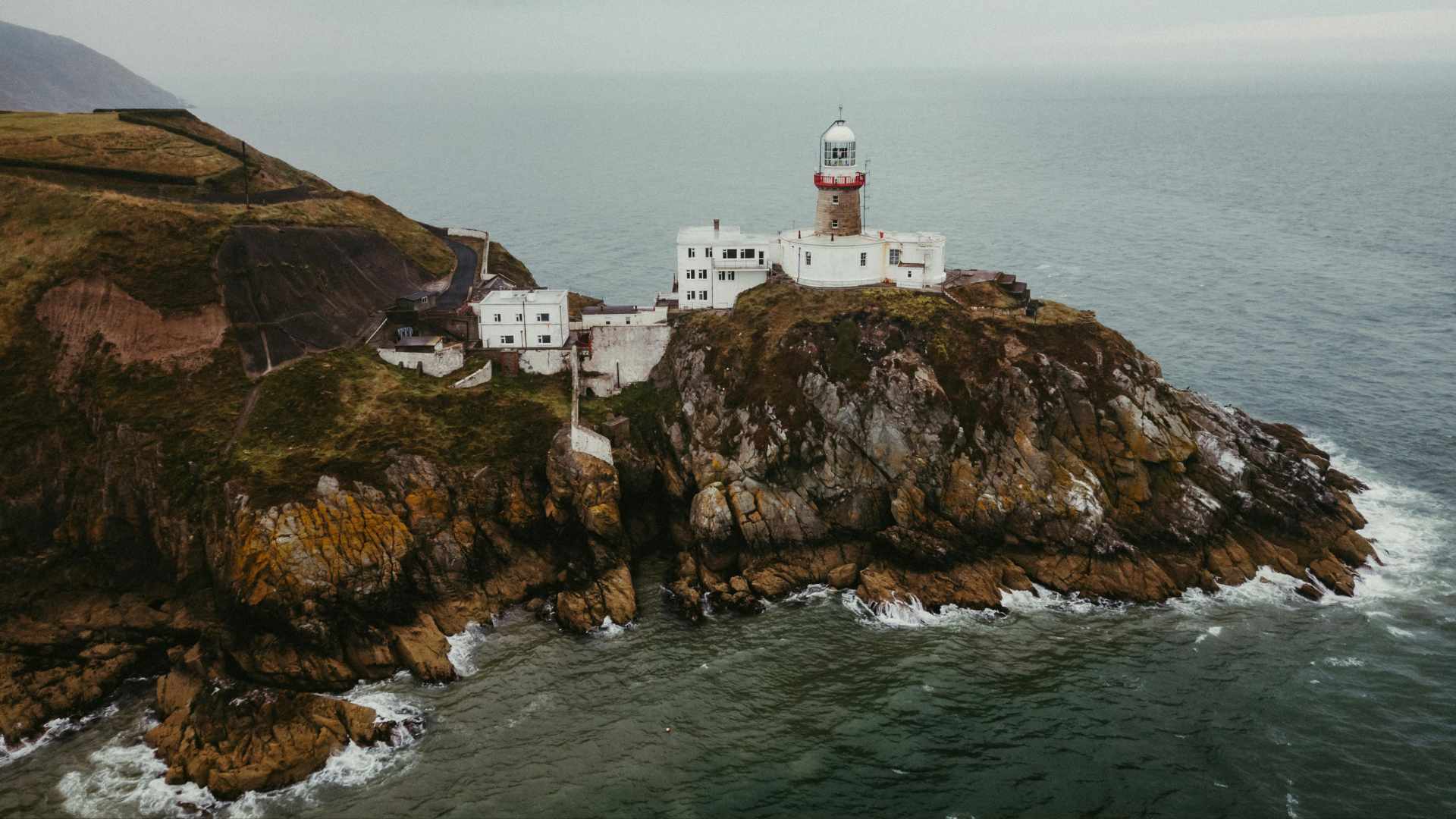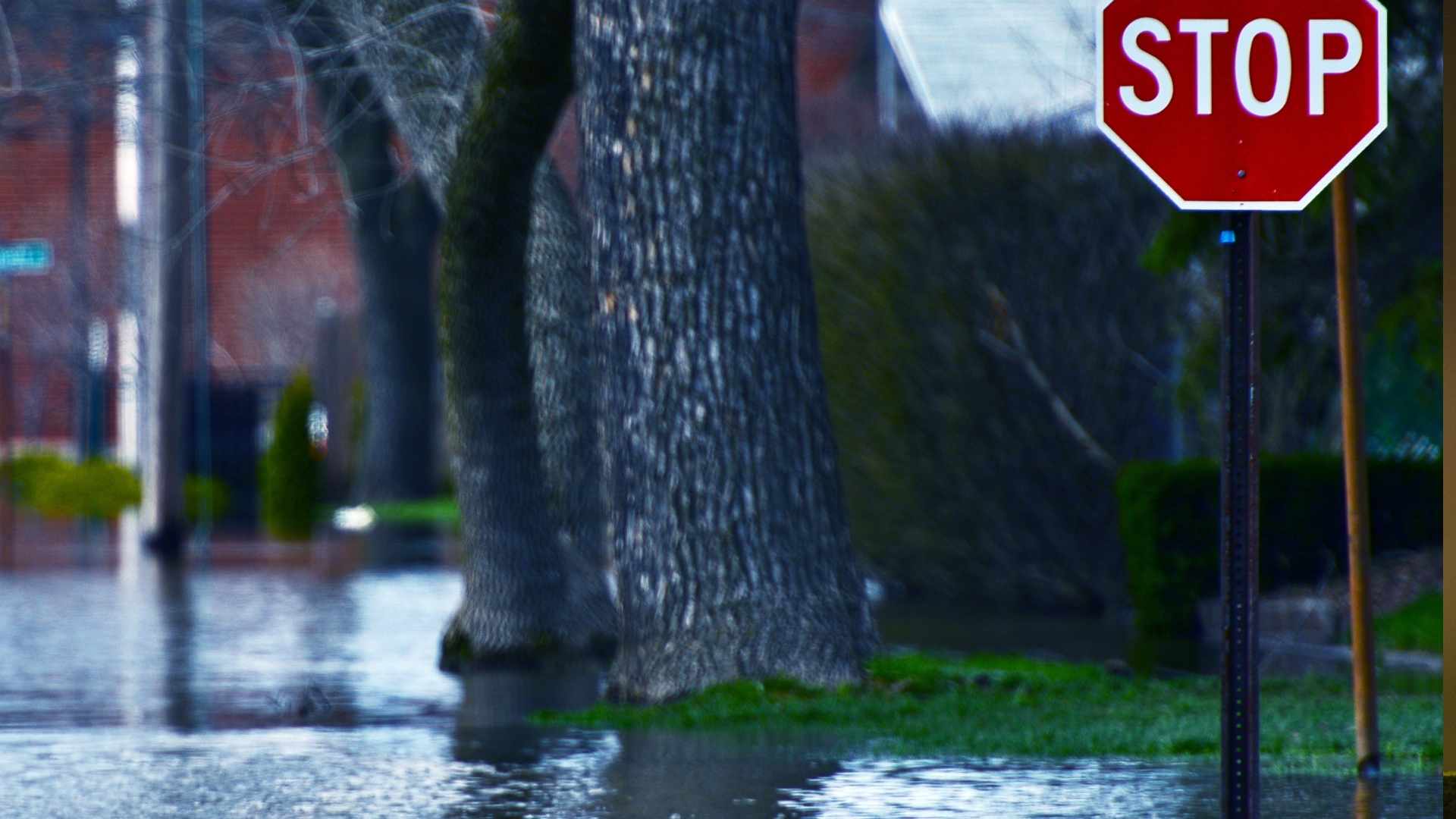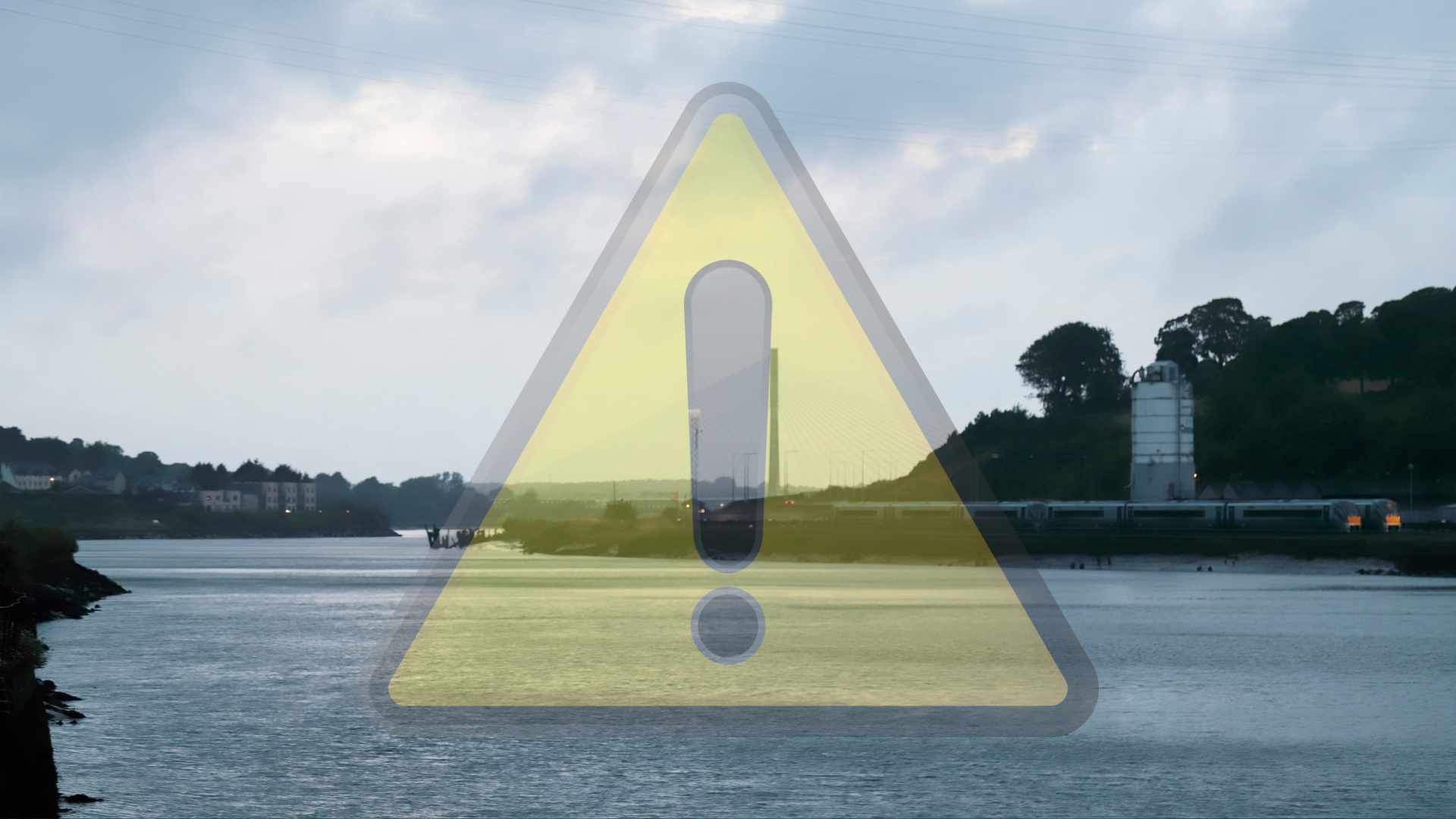
Swiss Glaciers Shrink by a Quarter in a Decade
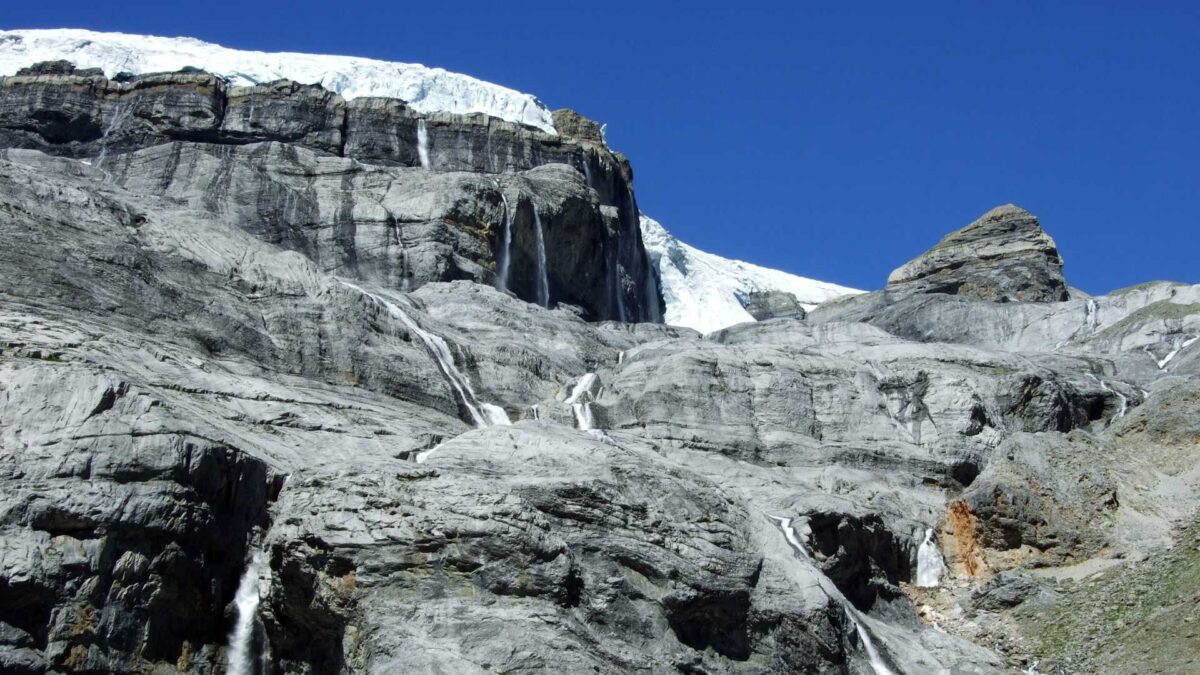
Glaciers across Switzerland continued to melt at alarming rates in 2025, losing almost three per cent of their ice volume this year alone.
This represents the fourth largest annual shrinkage on record and brings total ice loss over the past decade to around 25 per cent, according to GLAMOS, the Swiss glacier monitoring network, and the Swiss Commission for Cryosphere Observation (SCC) of the Swiss Academy of Sciences.
A winter with unusually low snowfall followed by heatwaves in June and August accelerated the melting. Snow reserves were depleted by mid-July, leading to early and rapid ice loss. While cooler weather in July provided some relief, glaciers still approached the record losses seen in 2022. Over 1,000 small glaciers have already disappeared.
Glaciers below 3,000 metres were hit hardest, with ice thickness falling by more than two metres on the Claridenfirn, Plaine Morte and Silvretta glaciers. In the southern Canton of Valais, losses were lower at around one metre.
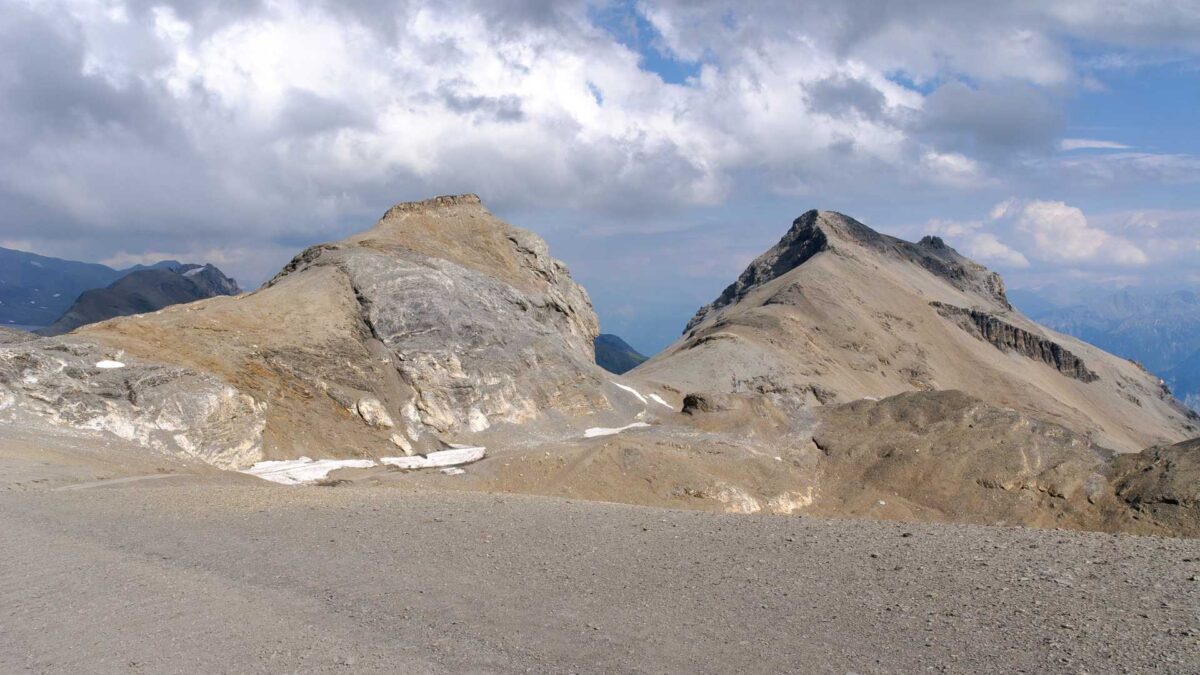
The winter of 2024/25 was marked by the third warmest six-month period on record, leaving snow depths across many glaciers at historic lows. June temperatures were the second highest since measurements began, while August heatwaves pushed the zero-degree line above 5,000 metres in some areas. A few brief cold spells brought snow to higher altitudes, but it was insufficient to offset the melting.
“The continuous diminishing of glaciers also contributes to the destabilising of mountains,” said Matthias Huss, Director of GLAMOS, warning that it can trigger avalanches of rock and ice, such as the recent event in the Lötschental valley that buried the village of Blatten.
The SCC coordinates long-term monitoring of Switzerland’s snow, glaciers, and permafrost, involving institutions including ETH Zurich, MeteoSwiss, and the Swiss Federal Institute for Forest, Snow and Landscape Research (WSL).
Share this WeathÉire story:


